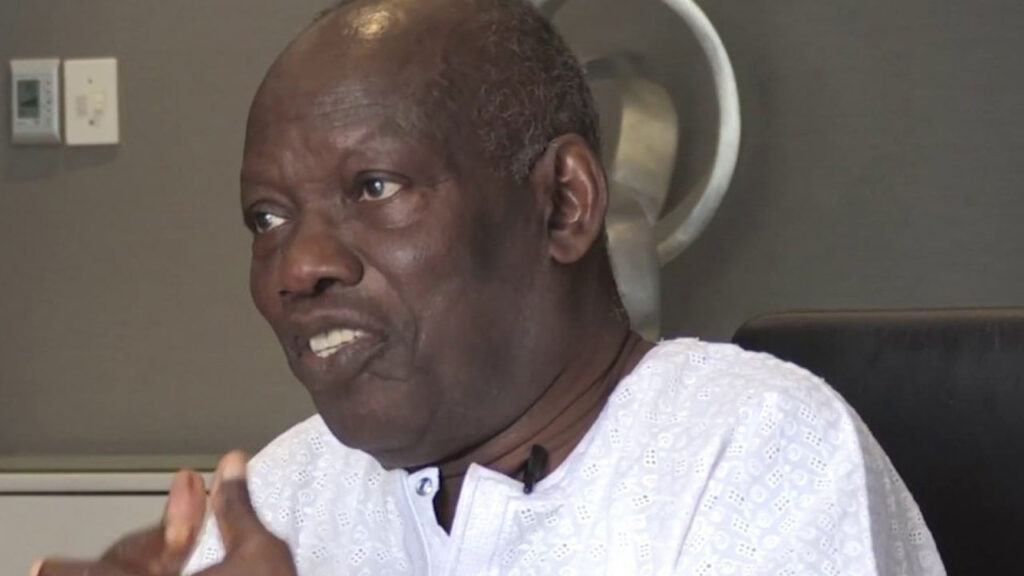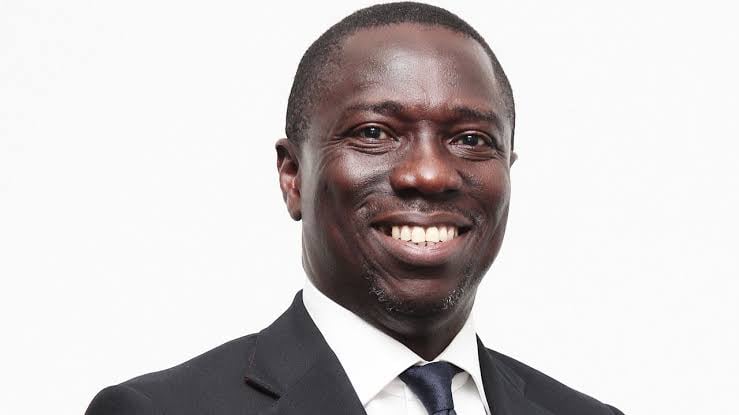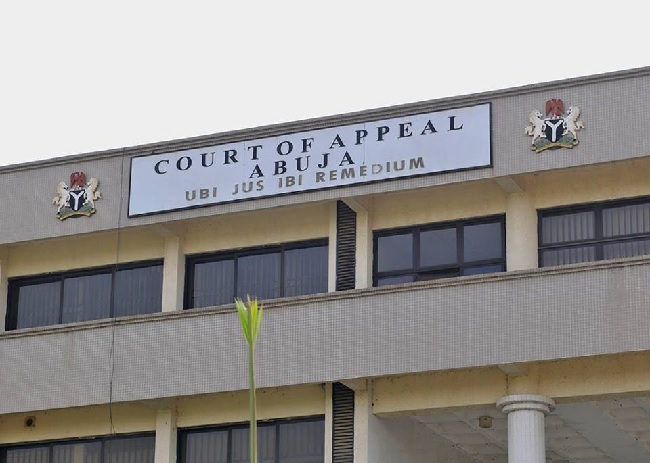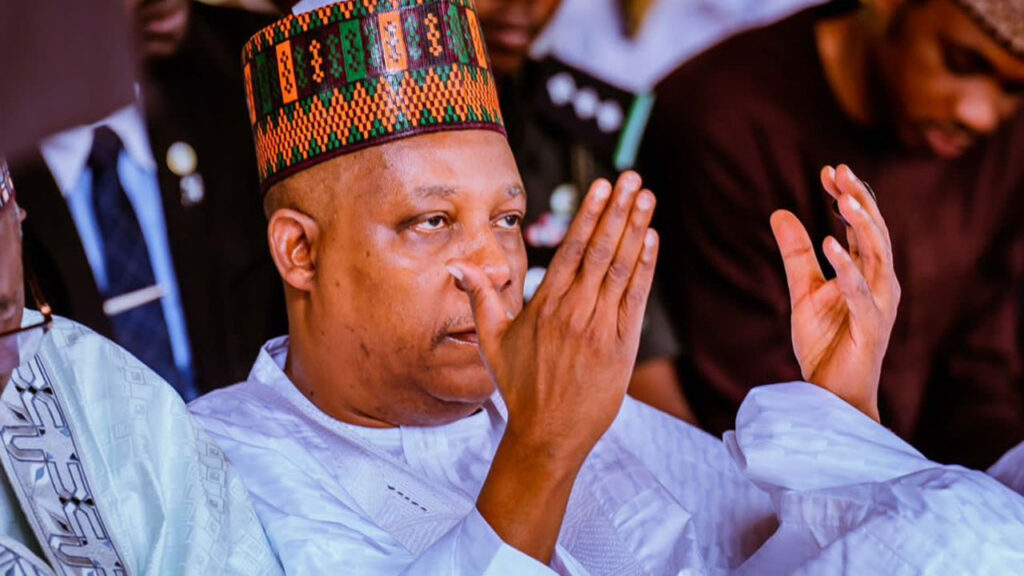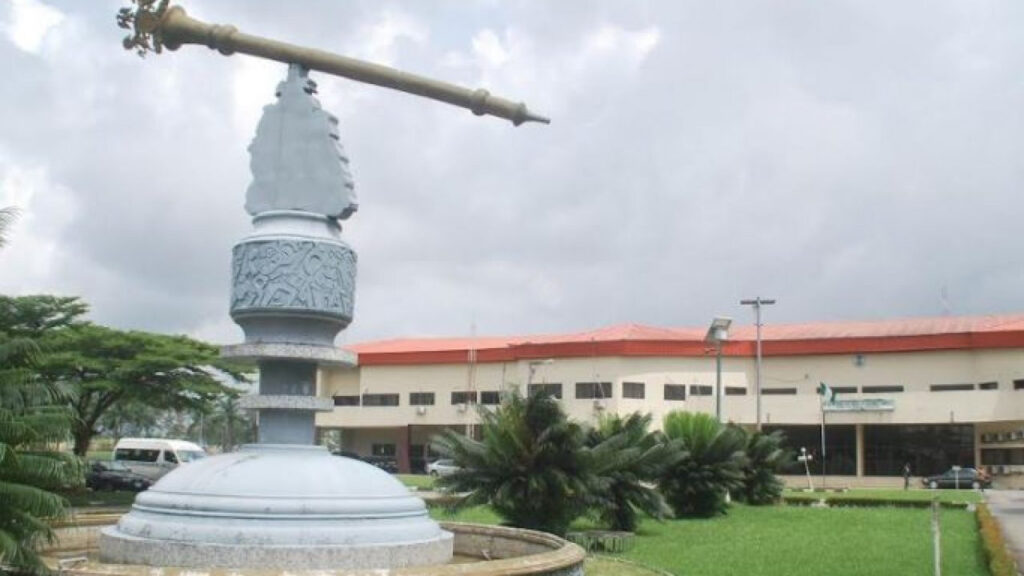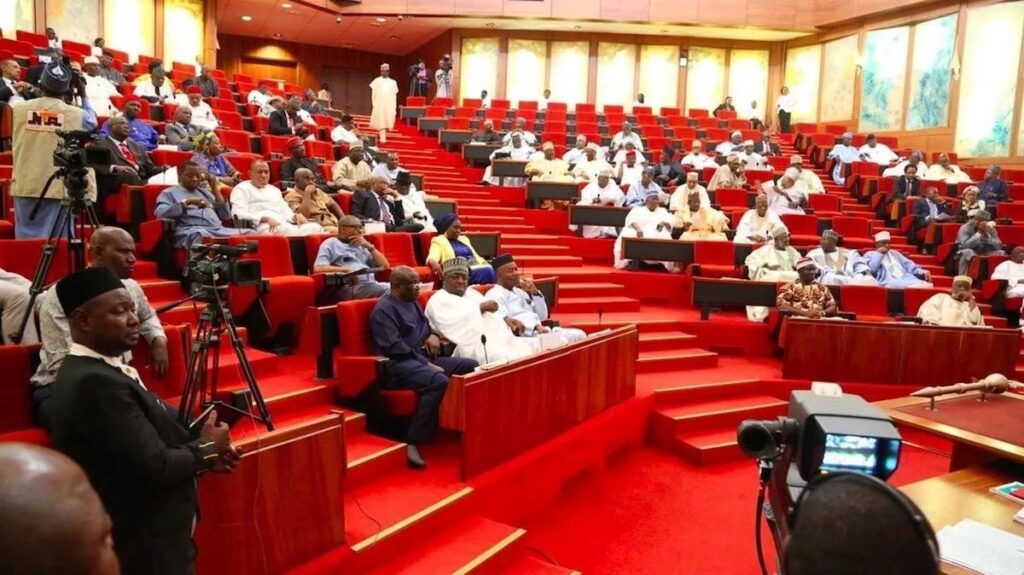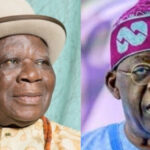
In this section, I turn to the consideration of some milestones and the three missed opportunities from them that continue to frame contemporary demand for restructuring in the country.
The Richards Constitution was an historic milestone and a defining moment in the development of Nigeria. But the window of opportunity granting the Governor the discretionary power to create smaller regions was shut by him. It left the vexed citizenship issue, “Who Owns the State?” posed by the desire and demand by minority ethnic groups in each region, for their own limited autonomous status to future constitutional conferences in 1951, 1954, and 1960. In retrospect, this was a missed opportunity of great proportions. It is one of the great “ifs” of Nigerian history to speculate that, had the opportunity not been missed, the dynamics of the development of party politics and the rising profile of ethnic associations as their proxies in the country after the introduction of the Richards Constitution would not have solidified the constructed and imputed ethno-regional identities, in the country, with their corresponding prejudices, nurtured partly by the policy of separateness under Amalgamation and Indirect Rule.
The ethno-regional balance of power within each region laid the foundations for the hegemony of the majority ethnic group to the disadvantage of minority ethnic groups in each region and established the structural imbalance of the country’s ethno-regionalism, and later ethno-federalism, not only at the federal but also at the regional level, because “…every region had a dual ethno-geographical make-up—-a “regional nucleus” inhabited by the cultural majority and “a “peripheral” zone of ethnic minorities.”
It also created the impression of a strong regional level of government, particularly under the 1954 Lyttleton Constitution and the 1960 Independence Constitution. The resistance of both the colonial administration, cowed by the threat of secession from some of the majority ethnic groups, and the agreement of the political leadership of the dominant ethnic majority groups and political parties including “virtually all nationalists” at the Ibadan General Conference of 1950 with the decision to deny autonomous regional status to minority ethnic groups in their homelands, under the existing three regional political structure, contributed to the missed opportunity.
Although Dr. Nnamdi Azikiwe and Chief Obafemi Awolowo had earlier advocated the redesign of the country’s provincial/regional boundaries to reflect more or less the ethno-linguistic homogeneity of the country they went along with the decision of the conference against creating more states. It was left to Mbonu Ojike and Eyo Ita, NCNC delegates at the conference, to submit a minority report opposing “Regionalisation …because it divides the country… What we want is a strong federated Nigeria, with local government based on natural and not artificial geographical boundaries. Grouping Nigeria along ethnic and linguistic units would serve to remove the problems of Boundaries, minority and Pakistanistic dangers now threatening the unity of Nigeria.”
The missed opportunity left Nigeria with the political asymmetry of an ethno-regional imbalance, due to the fact that the North, which was much more ethnically heterogenous than either the Eastern or Western Region at the time.
The disaffection and sense of injustice created by the structural imbalance still lingers as a major issue in contemporary debate over restructuring in the country, particularly over the creation of more states and the continuing demand for parity between the number of states in the country’s North and South; and between the states within the six geopolitical zones in the country. As I have argued elsewhere, the demand for parity reflects the “historically determined psycho-social fixation of the Nigerian political class and indeed of the Nigerian public on the North-South power configuration in the country…In this way the problem of federal balance is reduced to securing parity in the number of states in the federation between the North and the South, and also [among] and between majority and minority ethnic groups. Federalism, thus, becomes a mediating or intervening force in the socio-political and economic dynamics of [regional], majority/minority, inter-ethnic and sub-ethnic economic and political relations.”
For example, reflecting the consensus among the delegates from the minority ethnic areas of the Northern geopolitical zones and those in both the majority and minority areas of the Southern geopolitical zones, the Report of the National Conference, 2014 recommended that: (a) “State creation should be on the basis of parity between the geo-political zones to ensure equality of Zones; (b) Additional States should be created in each of the six(6) geo-political zones to bring the number of States in each to nine (9); and (c)That eighteen more States should be created.” This will bring the number of States in the country from 36 to 54, in addition to the Federal Capital City, Abuja. [Table I] If the recommendation were to be implemented, Nigeria would move from its current position of having the third largest (with 36 States) to having the second largest number of constituent units, after the Russian Federation, which has largest constituent units (89 Republics), among the world’s contemporary federations.
It is not unlikely that this strategic move to shift the balance of power in the country through parity of states among the geopolitical zones in the country is one among other reasons for the stay of executive branch and legislative action on the Report. It is also noteworthy that, except for the controversial creation of the Mid-West Region from the Western Region in 1963, under conditions of a serious breach of the inheritance elite consensus against state creation, leading up to independence in 1960, other state exercises in the country (1967; 1976; 1987;1991; and 1999) were carried out under military rule.
The development of regionalized political parties
REGIONALISM resulted in another missed opportunity to create national political parties in the country on the heels of the emergent Pan-Nigerian nationalism in the early 1940s that sought to bridge the country’s ethno-regional divide. Instead, the development of ethno-regional political parties between 1947 and 1951, as clones of ethno-cultural associations, closed that widow of opportunity.
Paradoxically, therefore, ethno-regionalism in consolidating the hegemony of majority ethnic groups in the regions, galvanized ethno-regional minorities to form their own political parties to protest their political subordination, seek alliances with majority and minority ethnic parties across the three regions, and agitate for the creation of regions in their ethnic homelands within each of the three regions (TableIII) shows some ethnic minority parties and intra-majority ethnic opposition parties in each of the three regions in the 1950s.
What these early developments in the country’s party politics between 1947 and the 1960 suggest is that regionalism as a half-way station towards ethno-federalism also, paradoxically, led to the federalization of the emergent ethno-regional parties. Unfortunately, the 1979, and the 1987-1989 party reform to proscribe ethnic based parties and replace them with parties with a national outlook faltered and led to the reincarnation and domestication of the ethnic political parties as ethnic fragments within what has become effectively coalitions of ethnic parties to secure ethnic voting banks in the political succession electoral competition among ethnic fractions of the country’s mainstream political elite
Some Policy Issues
Let me briefly examine some policy and design issues raised by my analysis of the demand for reconstruction in previous sections: (a)) the structure of Nigerian federalism; (b) the federal character clauses, and the associated indigene/settler question; and (c) the process for pursuing constitutional reform.
Structure of the Nigerian Federation
ALTHOUGH, as I have already argued, the notion of true federalism is mistaken, it is central to the demand for restructuring. It proceeds from the assumption that the division of the legislative lists under the 1999 Constitution makes the federal more powerful than the unit level of government in the country, creating a centralized or organized federalism, which is contrary to requirements of the true federalism, i.e. the coordinate and coequal federalism under the country’s 1960 Independence Constitution and 1963 Republican Constitution. It is in this respect that the demand for true federalism is for pruning down the exclusive and concurrent legislative lists, to vest competence over a much larger number of items on the residual list in state governments.
But the range and distribution of powers and functions, and of their corresponding revenue or fiscal resource base in a federation is inherently a negotiated political compact, the outcome of the federal bargain, which is itself a function not of some objective criteria laid out by the subsidiarity principle to be plucked by framers of federal constitution; but of subjective reactions to the interplay of historical, material and social forces in federal systems. However, the division of such powers is not necessarily an indication of the relative strength of the levels of government, for the weight or significance that can be assigned to each item may vary from one item to the other, and cannot be reduced to the mathematical computation of which level has a larger array of legislative competences, and therefore more power relative to the other level. Power relations are relative and situational and not absolute. This is because, among federal systems, there is no fixed mathematical formula to be applied mechanically, to inform the power assigned to the federal and unit level governments. Indeed, one other model of federalism for examining and understanding federalism and its dynamics is cooperative federalism, which beams the searchlight on inter-governmental relations, anchored on the overlapping responsibilities of levels of government than on the adversarial and confrontational one implied in the coordinate and coequal federal model.
Granting local government autonomy as a third level of government in Nigeria’s federal structure is another demand for restructuring. The demand has some force because the inherent logic of federalism does not necessarily prescribe only two levels of government, federal and state. Nigeria’s 1979 Constitution and the country’s partially implemented 1989 Constitution provided for local government as a third level of government. The claim that there are only two levels or tiers of government in a federal system is a contingent, empirical or historical proposition, not an analytically true one. In fact, the theoretical case and the trend in contemporary federations for local government autonomy, is based the progressive extension and application of the notion of home-rule or self-government that informs the constitutional division of power between the federal and unit level governments, to the relations between state governments and local governments. For example, in Brazil, Germany, India and Mexico, constitutional recognition is granted to the place and role of local governments as an autonomous level or third-tier of government, which cannot be revoked by the state government, with in the case of Brazil each municipality having its own constitution or organic law.
Federal Character of Nigeria and the Indigene/Settler Question
ANOTHER policy issue is the entrenchment in Nigerian constitutions since 1979 of a combination of individual rights, grounded in the liberal theory of civil and political rights, guaranteed under Chapter IV of the 1999 Constitution of Nigeria, with a collectivist notion of group rights, anchored on the constitutional theory of ethno-federalism in which ethnic groups are regarded as rights-bearing groups, under Chapter II Section 14(3)-(4).
Ordinarily, federalism, through creating two independent levels of governmental authority with direct impact on the citizens, within the same national space, necessarily creates dual or fractured citizenship, national and state citizenship. But with federalism based on ethnic, as opposed to geographical diversity as such, state indigeneship is typically defined, in ethnic-based federations, such as Ethiopia and India, more in terms of indigene or blood ties than in terms residency claims, thereby granting preferential treatment to indigenes over non-indigenes in some policy areas and in entitlements to some public goods in the state. But as the experience of some states in India shows, a solution to the indigene/settler question is to redefine it less in blood than in blood than in specified minimum physical residency terms, as has been done in a number of states in India.
What process produces the constitution?
The process for producing and enacting the country’s constitution as the “people’s constitution” is another demand raised in some formulations of restructuring. Is it to be done through a constituent assembly, whose members are elected or appointed to represent various stakeholder groups in the country, with how much authority and subject to what overriding authority? Or should the legislatures constitute themselves into constituent assemblies for that purpose, and with how much authority? Does Section 9 of the 1999 Constitution admit of any other authority than the federal and state legislatures to replace or amend, or “alter” the existing one? Indeed, does the legislature under Article 9 have the authority to undertake constitutional review as opposed to constitutional amendment? In other words, is constitutional review different from constitutional amendment?
As the 2012 debate in Tanzania over the country’s constitutional review process underscored, there is some force in the argument that a constitutional review process, as opposed to a constitutional amendment process, must of necessity lie outside the purview of the legislature, since legislators elected under the constitution to be reviewed have an apparent conflict of interest in sitting over the review of the existing constitution, being its beneficiaries. It is for this reason also that the presidency must be insulated as far as possible or practicable from the process. This approach might, as it has done in a number of countries in Anglophone Africa, provide a half-way stop towards the convocation of the sovereign national conferences demanded in some formulations of restructuring in Nigeria. This is because there are significant historical circumstances and factors, including approaches to constitutional and legal theory, in Anglophone Africa that are dissimilar from those which uniquely led to the convocation of sovereign national conferences in a number of countries in Francophone Africa.
To sustain the myth of the “people’s constitution,” in the sense of such constitution being subjected to, and resulting from a broad-based, national debate, culminating in a national referendum to adopt it, as a condition for enacting it into law, Nigeria can learn useful lessons from recent constitution reform processes in Kenya and Tanzania, where national parliaments partly alienated their constitutional amendment powers by enacting legislation with provisions for (a) setting up constituent assemblies to review their constitutions, and (ii) subjecting the draft constitutions prepared by the constituent assemblies to national referenda before parliaments enacted them into law, under conditions limiting parliament’s competence to effect substantive changes to the draft constitution as approved under the referendum.
Conclusion
To conclude: The challenge posed for the country by the current demand for restructuring is that of filling the huge deficit of transformative and visionary Pan-Nigerian leadership, committed to the provisions of Chapter II of the country’s Constitution. The chapter exemplifies the “virtues of federalism” and democracy. It is the country’s “charter of government” for cultivating and nurturing a democratic political culture, around which the state-formation process, as a federal project of unity in diversity, must be woven. The deficit is the tragic legacy of the missed opportunities of the penultimate decade before the country’s independence. Making it possible for such a leadership to emerge will make restructuring a force for reclaiming the missed opportunities and turn the unfulfilled possibilities of democracy into a reality, not empty rhetorical obfuscations.
Otherwise restructuring would be in vain. How the demand for restructuring, under the stark reality of the current national crisis, can now be directed under a transformative Pan-Nigerian leadership movement to realize and claim the unfulfilled possibilities is the compelling demand of the moment, not a visionless leadership withdrawing further and further into the darkest closets of self-defeating, narrowly defined ethnicities.
Being Public Lecture, delivered by Prof. Adele Jinadu at the Dr. Goodluck Ebele Jonathan College of Arts & Social Sciences, Igbinedion University, Okada, Edo State, Nigeria on Wednesday June 16, 2021.

